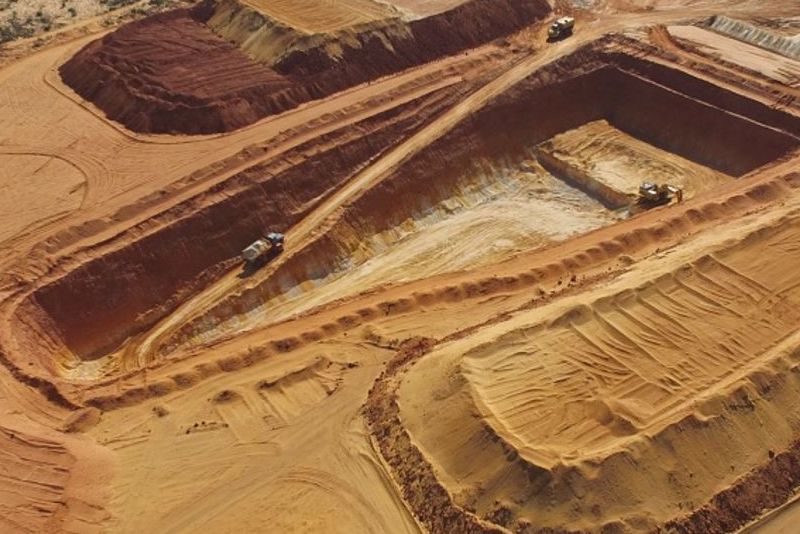Australian uranium miners Vimy Resources and Deep Yellow have agreed to merge in a A$658 million ($495 million) consolidation as demand for the radioactive “yellowcake” soars.
Uranium prices, which plunged after the 2011 Fukushima nuclear disaster in Japan, have surged in the past year as more nuclear power stations are set to be built globally.
Once considered environmentally dangerous, uranium has started to play an unexpected role in decarbonisation, as countries look for ways to meet their net-zero targets.
Vimy and Deep Yellow both have large development projects in hand and the merger will create a large player operating in Namibia and Western Australia.
The merged group will be led by Deep Yellow’s managing director and chief executive officer, John Borshoff.
Prices have risen since output in Kazakhstan — the world’s largest producer — was interrupted by civil unrest in the Central Asian country since January.
Kazakhstan has 12% of the world’s uranium resources and in 2020 produced about 19,500 tonnes of triuranium octoxide, or U3O8, the most common commercial form, according to the World Nuclear Association.
In 2009 Kazakhstan became the world’s leading uranium producer.
- George Russell
READ MORE:
Kidnapped Chinese Miners Freed in West Africa
PNG to Restrict Alluvial Gold Mining – Post-Courier
Australia Mining Magnate Invests $2.2bn In Green Energy Plan
























